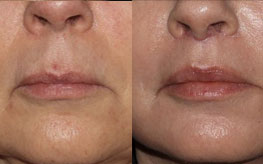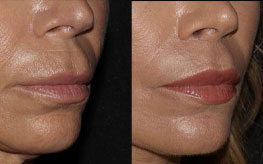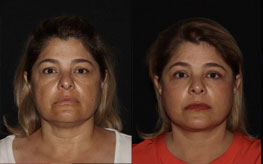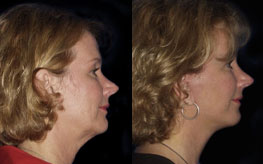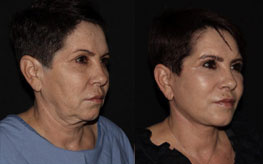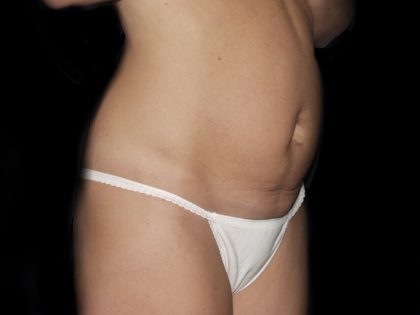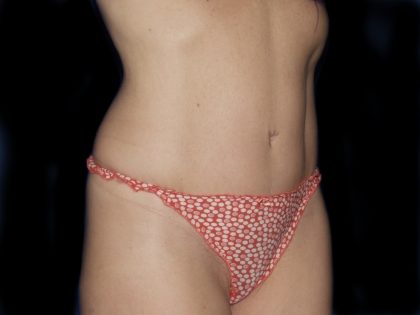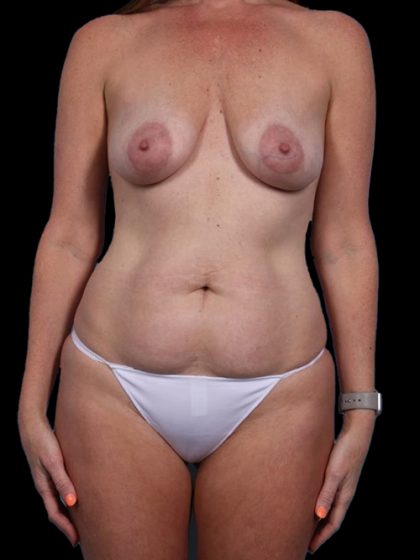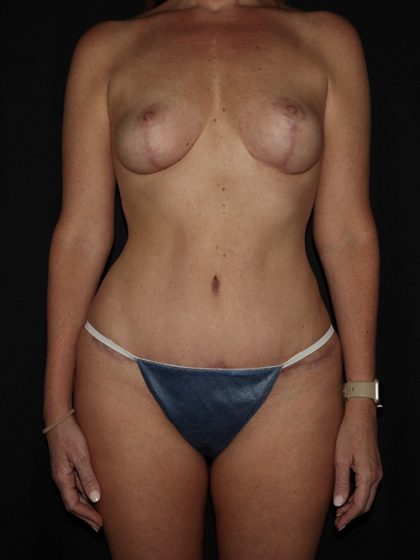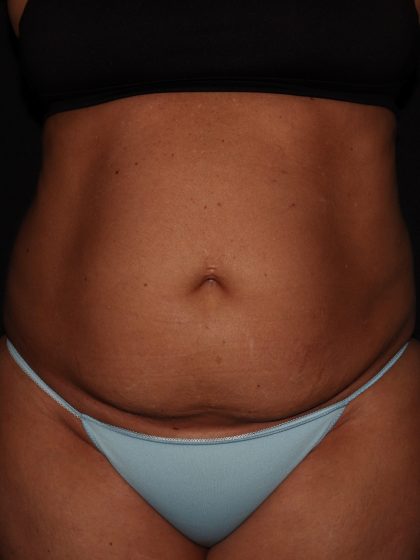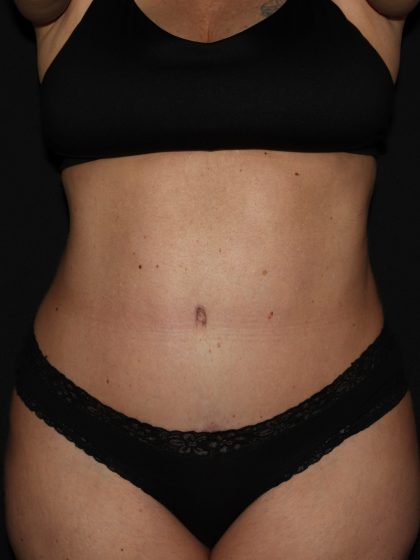Tummy Tuck
Conveniently located to serve the areas of San Diego, CA
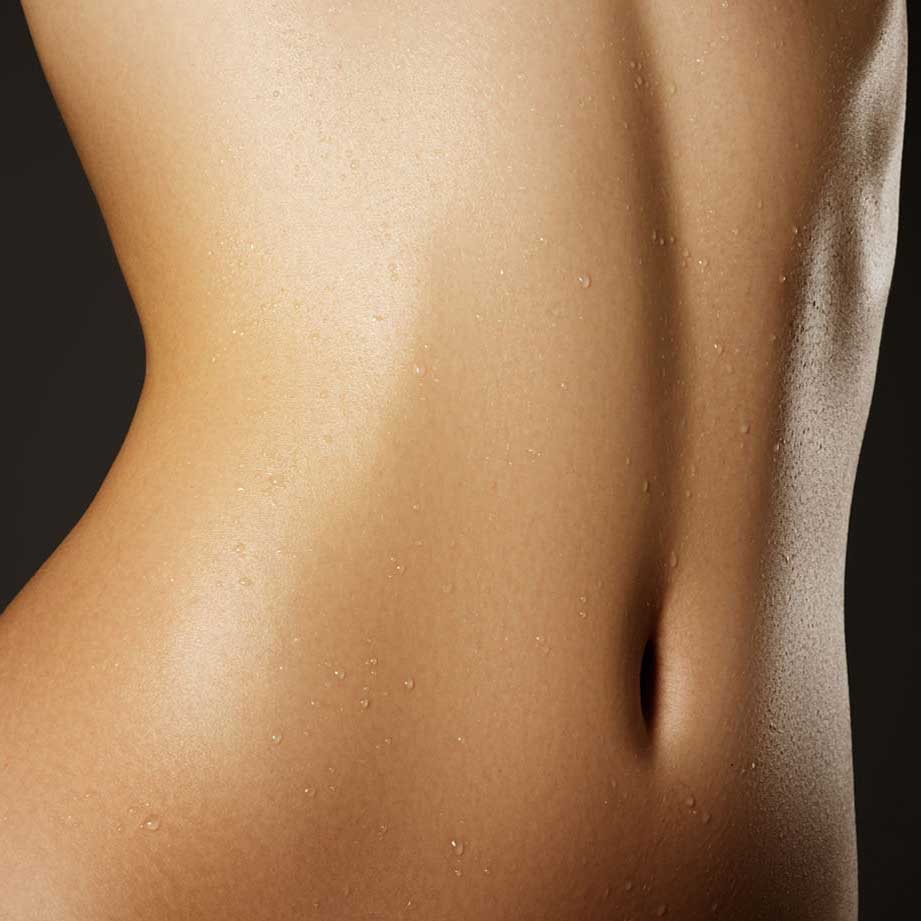
A tummy tuck, or abdominoplasty, is a cosmetic surgery that removes excess fat and skin from the abdominal area and, in some cases, repairs weakened or separated muscles. This results in a smoother and firmer abdominal profile. The procedure is popular for those seeking to improve their appearance after significant weight loss, pregnancy, or aging. This popular procedure provides a long-lasting solution for patients that are dissatisfied with their midsection.
John T. Alexander II, M.D., J.D., F.A.C.S. and Dr. Kaplan are passionate about performing tummy tucks because he’s seen firsthand the incredible transformation it can provide. Patients in San Diego and the surrounding areas can trust Dr. Alexander and Dr. Kaplan’s expertise and experience to help them achieve their desired smooth, firm abdominal profile. Take your body to the next level with his help. Call (858) 455-7557 or complete our contact form to learn about a tummy tuck at Alexander Cosmetic Surgery.
Contents
Before and After Photos
What is a Tummy Tuck?
Abdominoplasty saw a 56% increase from 2000 to 2020, which tells us that patients are increasingly seeking the benefits of this transformative surgery. [1] Many strive for a flat and well-toned abdomen through exercise and weight control, but when there is extra skin in the abdominal area, no amount of exercise or weight loss can eliminate it.
Even individuals with normal body weight and proportion can develop an abdomen that protrudes with loose and sagging skin. The most common causes of this include:
- Pregnancy
- Aging
- Significant weight loss
- Heredity
- Prior surgery
While a tummy tuck can provide significant aesthetic improvements, patients must remember that it is not a solution for weight loss or a substitute for a healthy lifestyle. It is important for patients to have realistic expectations and to understand that maintaining a healthy diet and exercise routine is crucial for long-term results. The procedure is designed to remove excess skin and fat and tighten the abdominal muscles, creating a smoother and firmer appearance in the midsection.
Can a Tummy Tuck Remove Stretch Marks?
A tummy tuck cannot correct stretch marks. However, the majority may be removed if they are located on the areas of excess skin that will be excised, generally those areas below the belly button.
Tummy Tuck vs. Liposuction in San Diego
To achieve the most natural-looking results, Dr. Alexander and Dr. Kaplan will recommend the procedure that best suits your needs, and you have realistic expectations for post-surgery outcomes. Patients often request liposuction to address excess tissue on the abdomen that they assume is fat. However, this tissue is frequently excess skin, typically resulting from pregnancy or weight loss. In some cases, liposuction may not be sufficient to address this condition, and a tummy tuck may be the best option. Dr. Alexander and Dr. Kaplan will carefully evaluate your situation to determine the most appropriate action and ensure you achieve the best possible results.
Candidates for Tummy Tuck in San Diego
Although the results of a tummy tuck are technically permanent, the positive outcome can be greatly diminished by significant fluctuations in your weight. For this reason, individuals planning substantial weight loss or women considering future pregnancies should postpone surgery.
Abdominoplasty is a good option for you if:
- You are physically healthy and at a stable weight
- You have realistic expectations
- You are a non-smoker
- You are bothered because your tummy is too large or the skin is excessive and loose
Personal Consultation
Once you’ve done your research and are certain you’re tummy tuck will be performed by a skilled, properly experienced plastic surgeon in San Diego, it’s time to book your consultation. The most significant predictor of surgical success is the volume of surgeries a surgeon has completed. [2] Dr. Alexander and Dr. Kaplan provide patients with an elevated level of assurance due to his extensive experience.
During your initial consultation for a tummy tuck procedure, Dr. Alexander and Dr. Kaplan will thoroughly evaluate your general health status to ensure you are healthy enough for surgery. They will also carefully examine your abdomen to determine the extent of the procedure required to achieve your desired outcome. As part of the consultation, photographs will be taken for your medical record and, if applicable, for your insurance company.
Dr. Alexander and Dr. Kaplan will discuss your options and recommend a course of treatment tailored to your individual needs. In addition, they will explain the likely outcomes of the tummy tuck surgery and any potential risks or complications associated with the procedure. Finally, Dr. Alexander and Dr. Kaplan will discuss the available anesthesia options and help you decide which option is right.
The safety and success of your tummy tuck procedure hinge on your honesty and openness during your consultation. To ensure the best possible outcome, Dr. Alexander and Dr. Kaplan will ask you a range of questions about your health, lifestyle, and aesthetic goals.
What Questions Can I Expect During the Consultation?
Dr. Alexander and Dr. Kaplan will ask you to discuss your reasons for wanting the surgery and your expectations for the desired outcome. Additionally, be prepared to provide a detailed medical history that includes:
- Medical conditions
- Drug allergies
- Current medications
- Vitamins
- Herbal supplements
- Alcohol, tobacco, and drug use
You should also inform Dr. Alexander and Dr. Kaplan about any previous surgeries you have undergone, as this information can impact the safety and success of the tummy tuck procedure. You can help Dr. Alexander and Dr. Kaplan tailor the procedure to your needs and ensure the best possible results by providing complete and accurate information.
Preparing For Your Tummy Tuck
At Alexander Cosmetic Surgery, your safety and well-being are our top priority. Before your tummy tuck surgery, we will work closely to ensure you are fully prepared for the procedure.
- One important step we will take is to review your medications and make any necessary adjustments. This may include taking certain medications or adjusting your current medications to reduce the risk of complications during surgery.
- We also advise you to avoid taking aspirin, anti-inflammatory drugs, and herbal supplements, as these can increase bleeding and interfere with your body’s ability to heal properly.
- We strongly recommend that you stop smoking well in advance of your surgery. Smoking can significantly increase the risk of complications during and after surgery, and can interfere with the healing process.
During a preoperative appointment – one or two weeks before surgery – we will:
- Get lab testing or a medical evaluation
- Tell you what to do on the night before and morning of surgery
- Discuss the use of anesthesia during your procedure
- Explain post-operative care and follow-up and what help you will need after the procedure
The Tummy Tuck Procedure
Medications are administered for your comfort during the surgical procedure. An anesthesiologist will administer general anesthesia, which is recommended for this procedure. Smaller tucks or revisions can be done with IV sedation.
The procedure typically takes two to three hours, depending on the individual and certain surgical variables. There are seven basic steps to a tummy tuck:
Step 1 – Marking the Patient
The abdomen is carefully marked by Dr. Alexander and Dr. Kaplan, with the patient in a standing position.
Step 2 – Making the Incision
Once the patient is sedated, Dr. Alexander and Dr. Kaplan will make a horizontal incision below the pubic hairline. The shape and length of the incision will be determined by the degree of correction necessary. The incision can be straight or curved, depending on patient preference.
Step 3 – Separating the Skin and Fat
Skin and fat above the incision are carefully separated from the abdominal wall. This separation is extended all the way up to the rib cage, which requires releasing the belly button with a heart-shaped incision around it. Despite this separation, the belly button remains in its normal position underneath the skin that has been separated from the abdominal wall. This technique allows for the removal of excess skin and fat and the tightening of the abdominal muscles, resulting in a flatter and firmer abdomen.
Step 4 – Creating the Corset Effect
The vertical bands of the abdominal muscles are often separated because of pregnancy. [3] These muscles are re-approximated and tightened with sutures, running from the upper abdomen all the way down to the pubic bone, creating a tight and reinforced abdominal wall. This step creates more postoperative discomfort but is easily justified by the final result. When there is no muscle wall looseness, this step is not required.
Step 5 – Removing Excess Skin
Loosened skin is pulled down, and redundant skin is removed. Often, a drain is left in place for several days. This is because the loosened skin produces a large quantity of serum that, if left under the skin, will collect and prevent proper healing.
A mark is made on the new skin overlying the belly button, and a chevron-shaped incision is made, through which the belly button is brought up and sutured into place. We have developed specialized techniques to make the belly button as natural-appearing as possible, with a superior hood that has no scar and creates a natural fold and shadow on the upper belly button.
Step 7 – Closing the Incisions
The skin incisions are closed with dissolvable and removable sutures. A compressive dressing is placed, followed by an elastic binder or girdle.
Your abdominoplasty is performed on an outpatient basis, so be sure to arrange for someone to drive you to and from surgery and to stay with you for at least the first night.
Recovery
After completing your procedure, we wrap your abdomen with a snug bandage. This may feel increasingly tight during the night because of swelling, but we will loosen it the next day. We will teach you how to care for your incision and drain. Usually, you will remain wrapped for 48-72 hours, after which we will remove the wrap. On the third day, you will be able to remove all bandages and take a shower. It is important to wear the compressive garment for at least four weeks.
Following our instructions is key to the success of your surgery. The surgical incisions mustn’t be subjected to excessive force, abrasion, or motion during healing. You should call your surgeon immediately at (858) 455-7557 if you experience shortness of breath, chest pains, or unusual heartbeats.
What are the Results of Abdominoplasty?
After a tummy tuck procedure, many patients experience a tremendous boost in confidence and self-esteem. With the excess skin and fat removed and the abdominal muscles tightened, clothes fit better, and patients report feeling more comfortable in their bodies. A
flatter and firmer abdomen improves the physical appearance. It can lead to a more active and healthy lifestyle, with patients often motivated to continue improving their overall health and wellness after surgery.
Additionally, the results of a tummy tuck procedure are long-lasting; proper diet and exercise help to maintain the new, contoured look. At Alexander Cosmetic Surgery, we are committed to helping our patients achieve their desired outcomes, and we take great pride in seeing the positive impact that a tummy tuck can have on their lives.
What is the Cost of a Tummy Tuck in San Diego?
Cost is always a consideration in elective surgery. When choosing a plastic surgeon for a tummy tuck, remember that the surgeon’s experience and your comfort are just as important as the final cost of the surgery. Your surgical costs may include the following:
- Surgeon’s fee
- Operating room and supplies
- Anesthesia fees
- Prescriptions for medication
- Medical tests
A quote will be provided to you after you consult with Dr. Alexander and Dr. Kaplan. To learn more about our partner in payment plans, please visit CareCredit. Call (858) 455-7557 today!
References
- American Society of Plastic Surgeons. PLASTIC SURGERY STATISTICS REPORT 2020.; 2020. https://www.plasticsurgery.org/documents/News/Statistics/2020/plastic-surgery-statistics-full-report-2020.pdf
- Morche J, Mathes T, Pieper D. Relationship between surgeon volume and outcomes: a systematic review of systematic reviews. Systematic Reviews. 2016;5(1). https://doi.org/10.1186/s13643-016-0376-4
- Sperstad JB, Tennfjord MK, Hilde G, Ellström-Engh M, Bø K. Diastasis recti abdominis during pregnancy and 12 months after childbirth: prevalence, risk factors and report of lumbopelvic pain. British Journal of Sports Medicine. 2016;50(17):1092-1096. doi:https://doi.org/10.1136/bjsports-2016-096065

